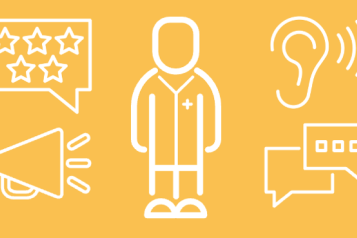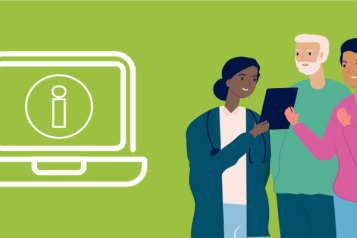Process for patients to be removed from the clinically extremely vulnerable list
Information correct as of 1st June 2020
As we move into the next phase of COVID-19 measures, some patients are being identified by clinicians as no longer needing to be on the clinically extremely vulnerable list.
As we move into the next phase of COVID-19 measures, some patients are being identified by clinicians as no longer needing to be on the clinically extremely vulnerable list.

This process started at the beginning of the month and the Department of Health and Social Care has given an update to clarify the processes after some people received text messages before a conversation had taken place with their clinician.
How the process works
Clinicians have the authority to remove patients from the shielded list if, after review, they feel that he/she is not ‘clinically extremely vulnerable’.
On 10 April, NHS England wrote to GPs requesting that they review the list for accuracy and identify any additional patients who they felt should be included. The decision to remove a patient from the list following a review should always be a clinical decision. Clinicians have been advised to discuss these decisions with their patients and mark their decision on the IT system.
Can people still access support?
Where some of these people have been receiving direct support from Government, services have been following up via text to make it clear that they can still access forms of support including the NHS Volunteers network, and will retain their supermarket priority delivery slots.
What should patients do if they are unsure?
If a patient has received a text and is unsure of what it means for them, Healthwatch advises that they contact their clinician to discuss this.


